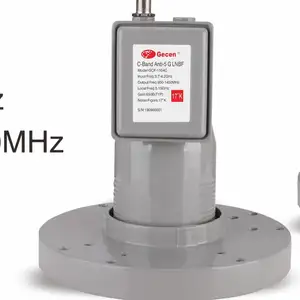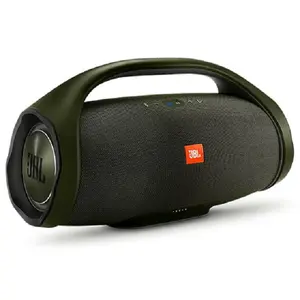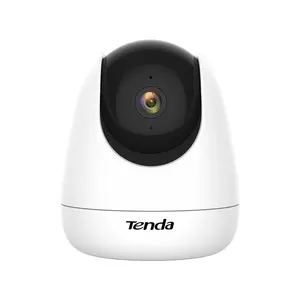Popular in your industry













































































































































































































Top categories
About c-band lnb lnbf
C-Band LNB LNBF: An Overview
The C-Band LNB LNBF is a pivotal component in the realm of satellite signal reception. This device, known for its role in the conversion of satellite signals into television broadcasts, is essential for satellite TV receivers. The C-Band LNB LNBF operates within the 4 to 8 GHz frequency spectrum, which is particularly suited for satellite television broadcasting, fixed satellite services, and weather radar systems.
Types and Features of C-Band LNB LNBF
There are various types of C-Band LNB LNBFs catering to different needs. Some are designed with a single output, while others feature multiple outputs to support additional receivers. Key features to consider include the noise figure, stability, and gain of the unit. A lower noise figure translates to better signal quality, while stability ensures consistent performance under varying conditions. The gain of the LNB determines the signal amplification, which is crucial for clear reception.
Applications of C-Band LNB LNBF
The application of C-Band LNB LNBFs extends beyond just satellite TV. It is also used in radio and TV broadcasting equipment, contributing to the distribution of content across various platforms. Additionally, it serves a significant role in telecommunications, facilitating long-distance signal transmission with minimal loss.
Materials and Construction
The construction of a C-Band LNB LNBF involves materials that ensure durability and performance. Typically, these devices are made from weather-resistant plastics or metals, with precision-engineered components inside to handle the C-Band frequency range effectively. The choice of materials also impacts the longevity of the LNB, especially in diverse environmental conditions.
Advantages of Using C-Band LNB LNBF
Utilizing a C-Band LNB LNBF comes with several advantages. Its ability to pick up weak signals and reduce noise is paramount for clear audio and video quality. Moreover, the C-Band frequency is less prone to rain fade than higher frequency bands, making it a reliable choice in various weather conditions. The broad range of the C-Band also allows for the reception of a wide array of channels and services.
Selecting the Right C-Band LNB LNBF
Choosing the right C-Band LNB LNBF involves considering the specific requirements of your satellite system. Factors such as the local climate, the satellite dish size, and the type of content you wish to receive all play a role in determining the most suitable LNB. It is important to select an LNB that is compatible with your system to ensure optimal performance.














































